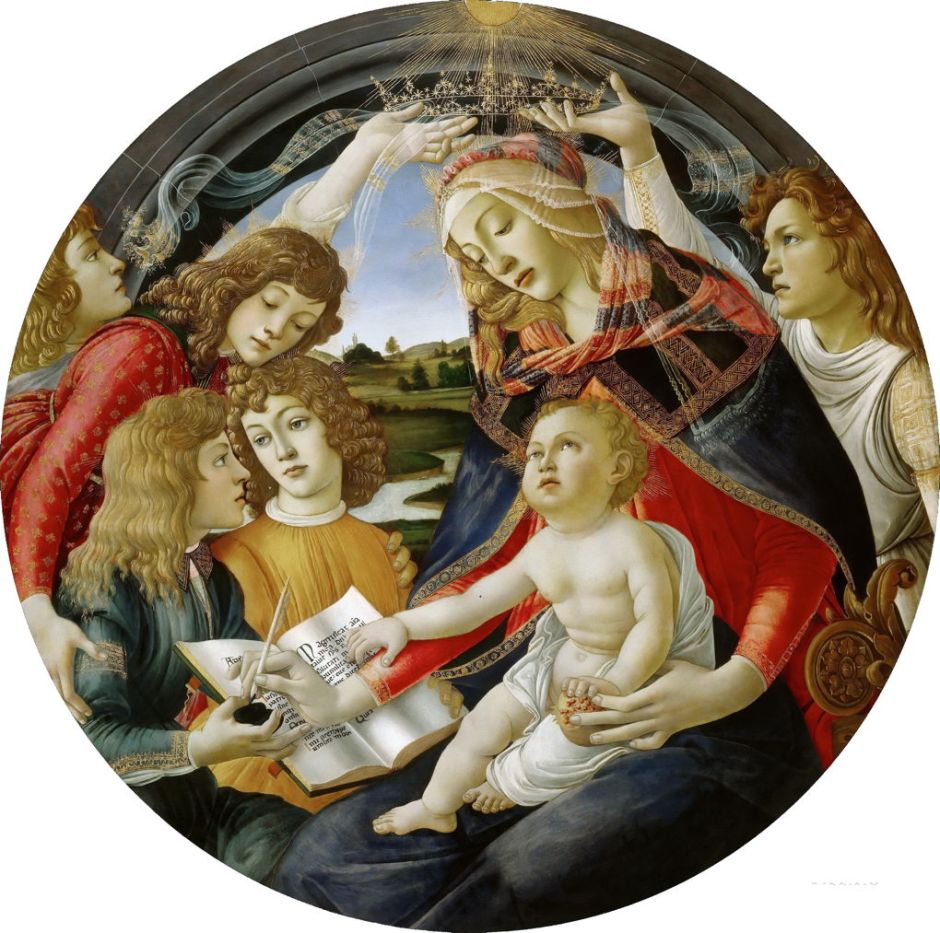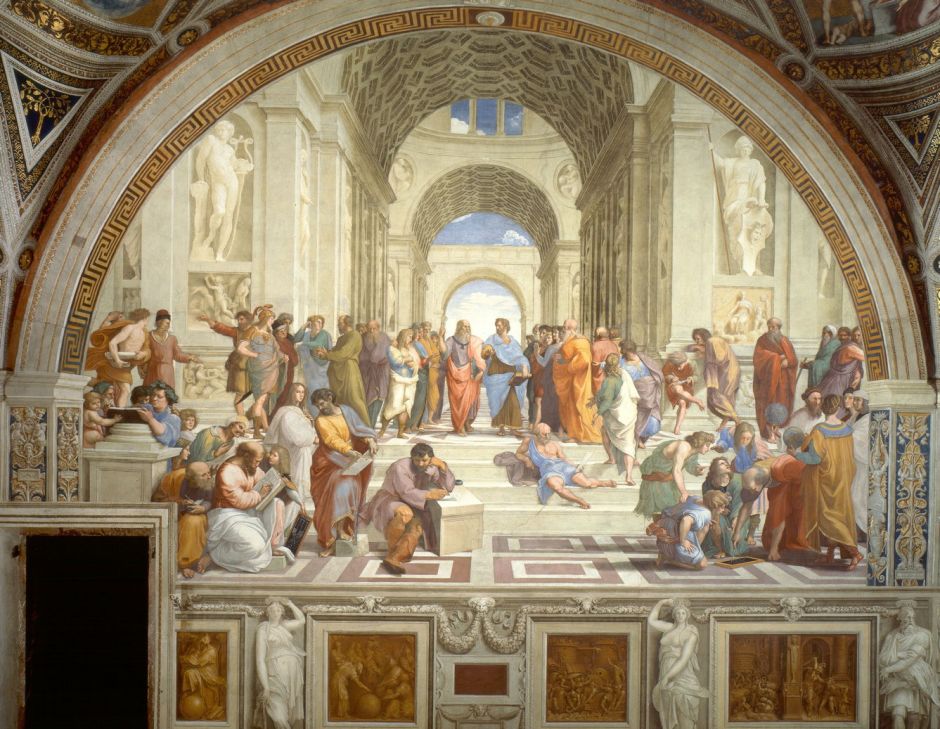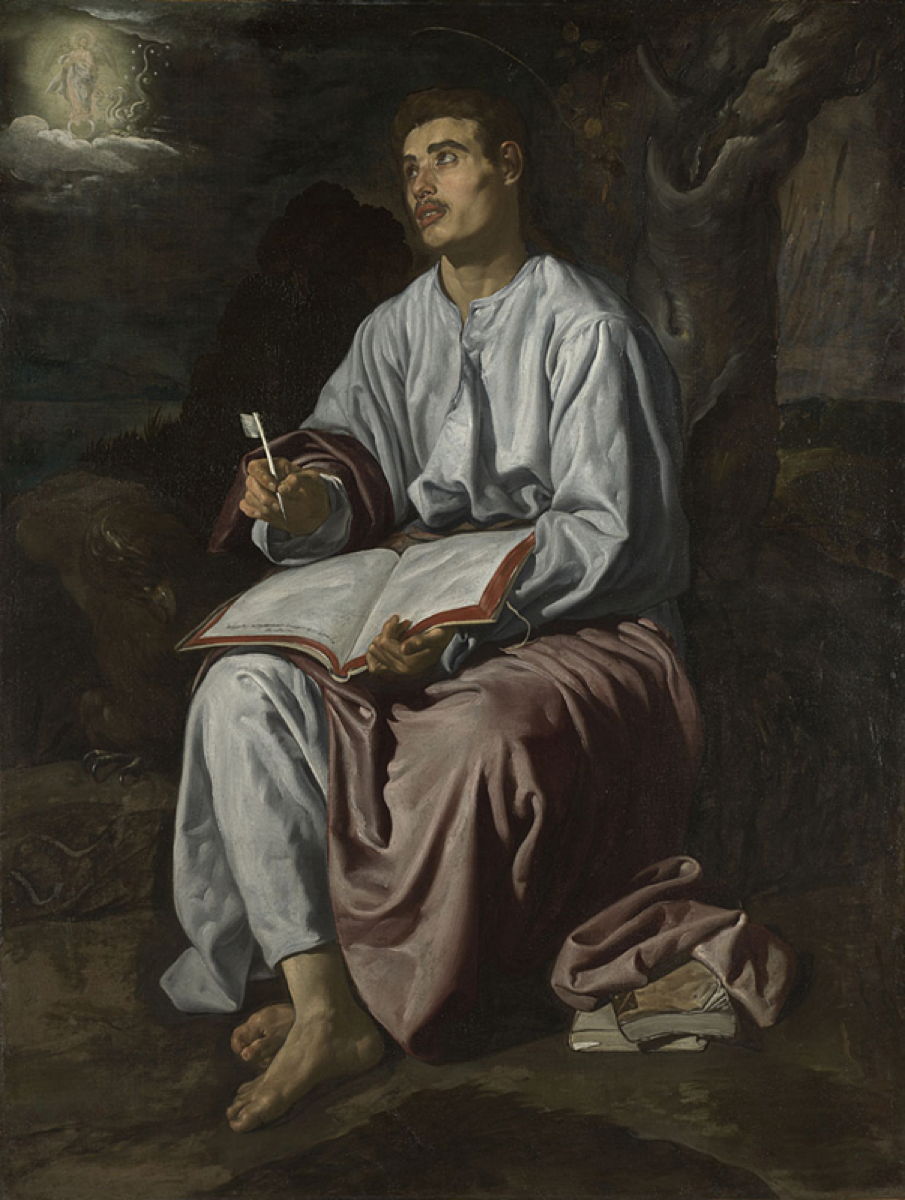A couple of weeks ago I looked at paintings of reading. Progressing through ‘the three rs’ of reading, (w)riting and (a)rithmetic, this weekend I show paintings of people writing.
Although reading and writing are complementary, most of us find writing considerably harder, even if we bypass traditional writing materials and go straight to the keyboard, which always forms our letters perfectly. As with reading, writing skills were long considered the preserve of the few who had a proper education. In practice, this included scholars and members of religious orders, many of whom were kept occupied copying manuscripts, before the advent of Gutenberg’s printing press with its movable type.
There was one prominent exception, drawn from Classical Roman literature.

Ovid’s Heroides (Heroines) is a set of imaginary letters from famous women, most taken from mythology, who had been wronged by their lovers. Written between about 25 and 16 BCE, they suppose great writing skills, as well as powers of expression, on the part of the women, here Hypsipyle writing to Jason, in the sixth letter. Robinet Testard’s series of miniatures for his beautiful edition of Heroides includes at least one painting showing each of the women in turn writing their letters.
As with reading, paintings of the Virgin Mary writing when holding the infant Jesus are unusual.

Botticelli’s Madonna of the Magnificat is believed to have been completed in 1483. It shows the Virgin Mary being crowned by a pair of angels, writing down the start of the Magnificat in a book, and holding a pomegranate in her left hand. It has also been interpreted as a family portrait of the de’ Medicis, in which the Virgin is Lucrezia Tornabuoni, the mother of Lorenzo and Giuliano de’ Medici, who are the angels.
Better-educated monarchs were also allowed to write, although in many cases this was a task deferred to monks at court.

This fresco painted by the Zuccari brothers from 1564-65 shows how Charlemagne Confirms the Donation of Ravenna to the Church, one of the emperor’s many acts which maintained good relations between him and the Pope.

Raphael’s magnificent fresco in the Palazzo Apostolico, The School of Athens painted in about 1509-11, includes Pythagoras at the lower left corner.

This detail shows Pythagoras writing in a large book, with a chalk drawing on a small blackboard in front of his left foot. Others are looking over his shoulder and studying or copying what he is doing.
At some time between 1511-14, Raphael was commissioned to paint an arch of sibyls, together with four prophets on either side of the window above, in the Capella Chigi of the church of Santa Maria della Pace in Rome.

The left side of that shows four sibyls in their uniform headdress and robes, aided by winged angels, reading from and writing to tablets, a scroll and a book.

Guercino’s portrait of The Persian Sibyl (1647-48) is a particularly fine example showing how these ancient oracles were able to record their prophecies in writing.
Their Christian equivalents, authors of the Gospels and the other books of the New Testament, were shown writing to add credence to their roles in recording fact.

With the Dutch Golden Age came more extensive education, enabling the middle and upper classes to write as well as read.

Gerard ter Borch’s half-sister Gesina appears to have been his model for Woman Writing a Letter (c 1655), which makes apparent the connection between ter Borch and Vermeer. Move this woman to a desk lit through windows at the left, light her surroundings, and you have a painting very similar to Vermeer’s shown at the end. This painting, though, shows a heavy decorated table cover pushed back to make room for the quill, inkpot, and letter. Behind the woman is her bed, surrounded by heavy drapery, and at the lower right is the brilliant red flash of the seat.

Ter Borch’s The Letter from about 1660-62 returns to his theme of the reading and writing of letters, this time by a team. Two young women are working together, apparently to write a reply to the letter which is being read by the woman on the right. A boy, perhaps their younger brother, has just brought in a tray bearing an ornate pitcher of drink. In front, a small dog is curled up asleep on a stool.

Later in the seventeenth century, Jan Steen’s The Village School (c 1665) gives insight to the type of education which became available for children living in the country. One boy at the far right is writing intently.

Vermeer painted at least two works showing women writing, of which the earlier is A Lady Writing a Letter from 1665-1666. The fur trimmings on her golden jacket confirm that this is no country bumpkin, but the lady of an affluent and well-educated house. Rather than looking down at her quill, she stares the viewer out, her faint smile of confidence lit by sunlight coming through the window off to the left.
Writing was no longer the status symbol that it had been.

